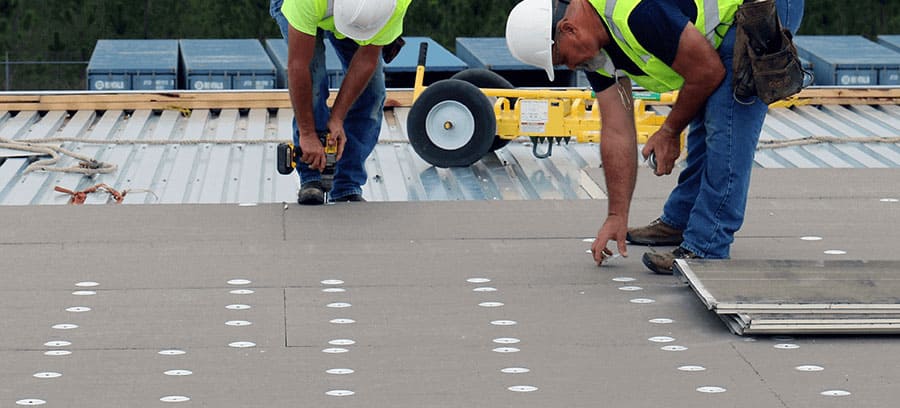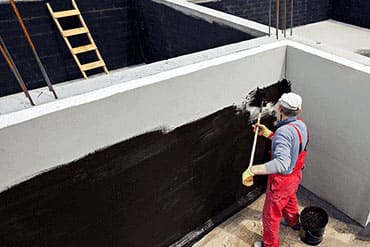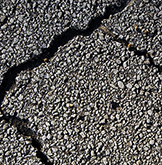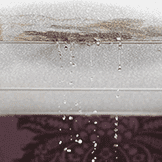
Importance of Waterproofing
Water acts as a carrier of harmful chemicals such as chlorides that corrode steel reinforcement, leading to internal stress and cracking. By the time the effects are seen on the surface, great damage has been done to the inner structure. Once the integrity of the concrete is compromised, corrosion can spread quickly and undetected throughout the core of the structure.
The desirability of waterproofing and its impact upon the safety, comfort, and health of building occupants cannot be overemphasized. Leakage and dampness in different structures are chronic problems that occur from time to time due to several reasons, after construction or at a later stage. Slight dampness and wet patches, lead to peeling-off of plasters and delimitation of paints. Seepage and leakage of water gradually set in through weak spots. By the time, water enters the body of the structure; corrosion of the reinforcement has already weakened the structure.
Here are 3 reasons why waterproofing is important:
Benefits of Waterproofing in buildings
Waterproofing allows you to protect your building’s barriers against the outside elements. By waterproofing your walls, windows, and roof, you keep the inside protected, and the outside, well…outside.
- Water Damage Prevention: Protecting your buildings barrier prevents leaky roofs,
dripping walls, and unsealed windows.
These problems can allow moisture to reach the interior of your building or be trapped
inside its framework, creating issues in a variety of ways including:
- Mold and mildew developing in damp conditions, which causes health problems for employees. Internal moisture can easily lead to equipment malfunctions if the equipment becomes exposed to the encroaching water.
- The inventory inside of your commercial building can quickly become compromised when exposed to water from a leaking roof or window.
- Value Retention: This point is simple–protecting your building from water damage and corroding protects your building from diminished value. Water damage can quickly lower the value of the building you’ve invested in.
- Concrete Longevity: By coating materials such as steel, you decrease the damage that concrete and other materials around its face. Steel has the power to cause damage to the concrete of your building, so applying a coating to the steel helps add to the lifespan of your concrete.
- Saves Money: By preventing costly water damage, ruined equipment, ruined inventory, or dangerous, wet working conditions, the building owner is bound to benefit from not being exposed to these costly incidents.
Service Life

Waterproofing membranes are not expected to last longer than the asphalt wearing surface, including one resurfacing of the asphalt overlay. To achieve this, the initial asphalt thickness has to be sufficient to allow the top surface to be milled without damaging the membrane.
The expected service life of waterproofing membranes is generally 16 to 20 years when installed on new bridge decks and anywhere between 6 and 20 years when installed on existing bridge decks. The performance of the system is determined by the complex interaction of material factors, design details, and quality of construction.




